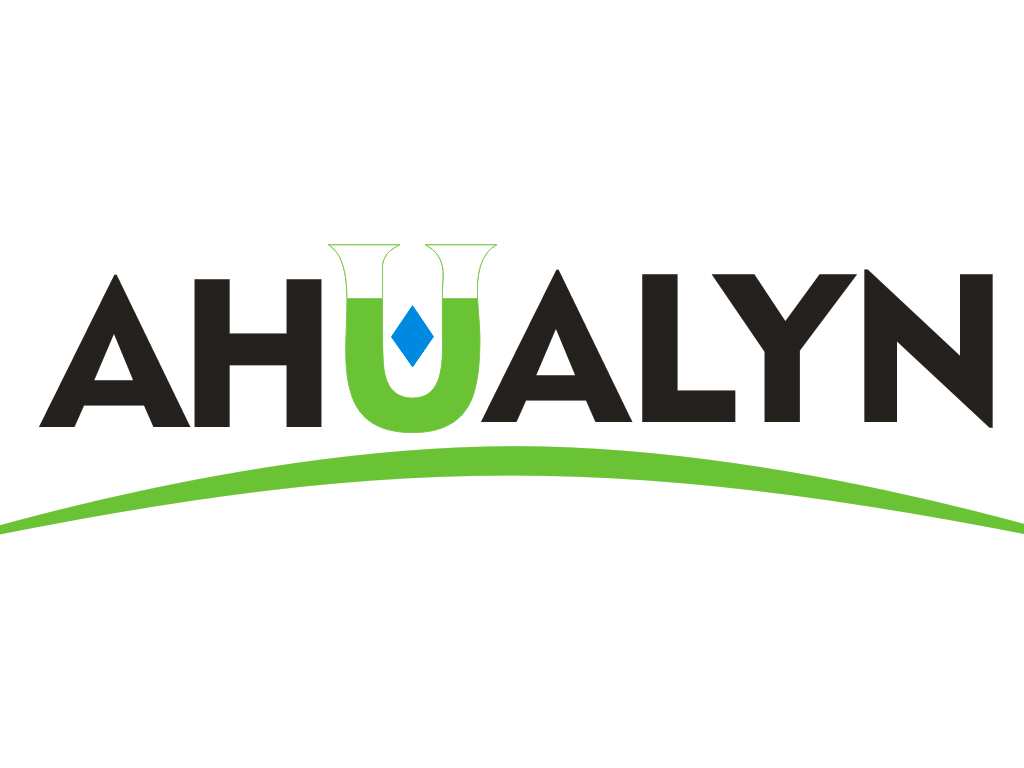
Privacy statement: Your privacy is very important to Us. Our company promises not to disclose your personal information to any external company with out your explicit permission.
2022-02-19
01Food coloring agent has the following characteristics
(1) Natural colorants have a natural and soft tone, which can bring people closer to nature, but natural colorants have poor dyeing ability and uneven dyeing; synthetic colorants have bright colors and are popular among consumers, especially children and teenagers.
(2) Natural colorants generally come from animals and plants themselves, and have no toxic and side effects on the human body. Compared with synthetic colorants, they are safer, but synthetic colorants have the advantages of strong tinting strength, easy to dissolve, odorless and tasteless, and low price. And popular with people.
(3) Most natural colorants are sensitive to light and heat, metals, acid and alkali, and oxidants. Under these conditions, they are unstable and the hue will change greatly, and synthetic colorants can just make up for this shortcoming.
(4) Some natural colorants can be used as natural antioxidants and natural preservatives. Due to the safety problems of synthetic antioxidants and preservatives, more and more consumers tend to use natural antioxidants and preservatives.
(5) Most natural colorants also have both nutritional value and pharmacological effects, and food colorants also have great application prospects in the medical field. For example, red cabbage Pigment has a good preventive effect on human heart disease and arteriosclerosis.
02 Factors Affecting the Optimization of Food Colorants
1. Safety factors of food colorants
With the continuous in-depth research of toxicologists and analytical chemists, many synthetic colorants have been recognized, and the disadvantages of synthetic colorants are gradually exposed. Most of the synthetic colorants are azo-type compounds, and many azo-type compounds can be metabolized in the human body to generate α-naphthylamine and β-naphthylamine with toxic and side effects. In view of the unsafe factors of synthetic colorants, strict laws and regulations have been formulated for these edible synthetic colorants at home and abroad, and my country has also conducted a sampling survey of the edible colorants being produced and used in various regions.
We know that many substances will show certain toxic and side effects when they exceed a certain intake, and food colorants are no exception. As long as colorants are used within the scope permitted by the state, they generally do not pose a health hazard to the human body. However, at present, there are many kinds of food colorants, and food with colorants can be seen everywhere. Maybe the amount of a certain Food Colorant is qualified. , but consumers will still have toxic and side effects after ingesting one or more colorants in large quantities.
2. Stabilizing factors of food colorants
The breakthrough point of studying natural colorants is to improve their quality and improve their stability, and chemists from various countries have done a lot of research on this. Usually the research on the stability of natural colorants has the following aspects:
(1) Lighting factor. It refers to the color change of colorants under direct sunlight. For example, chlorophyll is widely present in the leaves and stems of plants, and is easily decomposed when exposed to light. In order to improve its stability, it is generally made of copper sodium salt.
(2) Temperature factor. Considering the heat resistance of colorants, the heat resistance of safflower yellow pigment is poor, and its stability can be improved if it is used in foods containing high Vc.
(3) Acid-base factors. It refers to the changes in color and stability of colorants under acidic or alkaline conditions. For example, β-Carotene is widely present in carrots and algae. Decomposition, if adding a small amount of Vc can improve its stability; the color of roselle pigment changes with the pH value of the solution, it is red under acidic conditions, purple is neutral, and blue is alkaline.
(4) Metal ion factor. Common ones are copper ions, sodium ions, magnesium ions, iron ions, etc. Gardenia pigments are not resistant to iron ions, some metal ions can make the colorant discolor or even fade, and some metal ions can make some coloring. The stability of the agent is enhanced. For example, chlorophyll can be made into copper sodium salt to improve the stability.
(5) Antioxidant and reducing agent factors. Commonly used antioxidants are Vc and sodium thiosulfate. For example, safflower yellow is sensitive to metal ions due to its poor heat resistance. Adding a small amount of Vc can greatly improve its stability.
(6) Factors of some compounds such as sucrose, alum, and tartrate. For example, the stability of rehmannia pigment can be significantly increased after the addition of alum and tartrate.
(7) The stability of some colorants combined with another colorant can also be improved. For example, the stability of the two colorants, beet red and beet red, is significantly enhanced after combining with each other.
(8) Solubility factor. Grape skin pigment and perilla pigment are both water-soluble colorants, while red rice pigment and shikonin are both fat-soluble colorants. In addition, the salt resistance and microbial resistance of the colorant also have a certain influence on the colorant itself.
Share to:
Send Inquiry

Ms. Alice
Tel:+86-029-81138161
Fax:
Mobile Phone:+8619992821278
Email:info@ahualyn.com
Address: Rm. 1208, Building B, Huixin IBC, No. 1 Zhang Bayi Road, High-tech Zone, Xian, Shaanxi
Related Products List
Mobile Site


Privacy statement: Your privacy is very important to Us. Our company promises not to disclose your personal information to any external company with out your explicit permission.

Fill in more information so that we can get in touch with you faster
Privacy statement: Your privacy is very important to Us. Our company promises not to disclose your personal information to any external company with out your explicit permission.